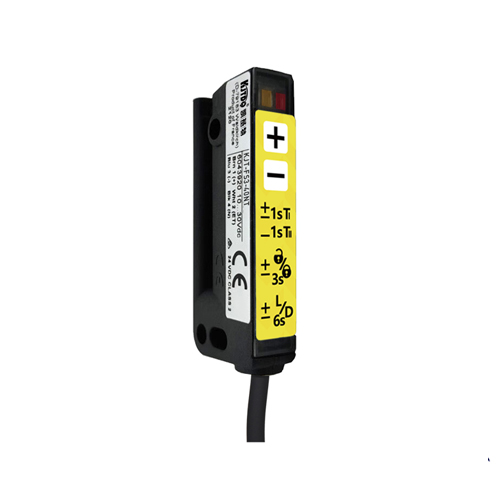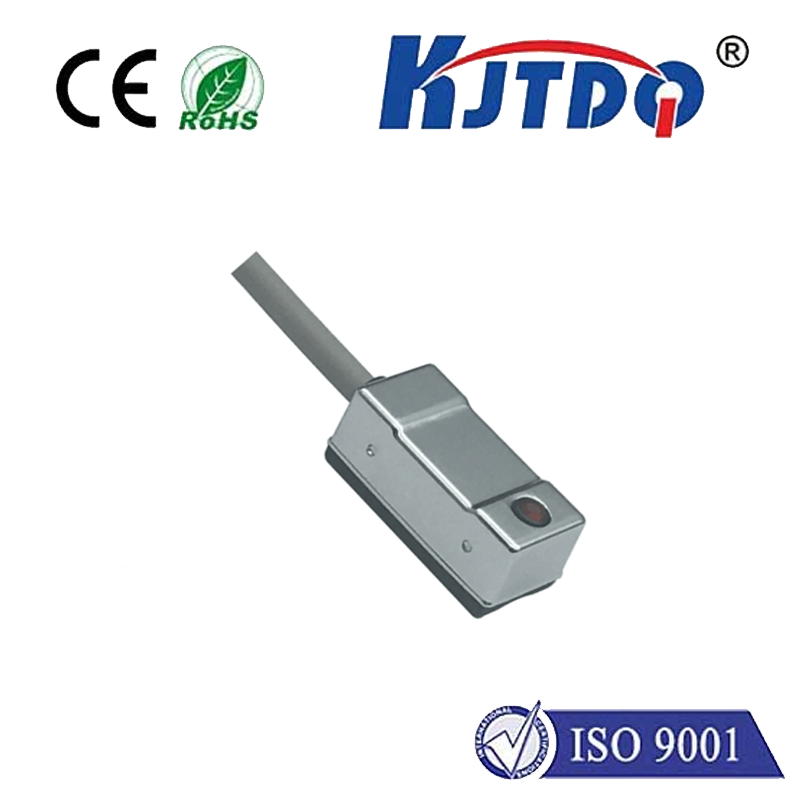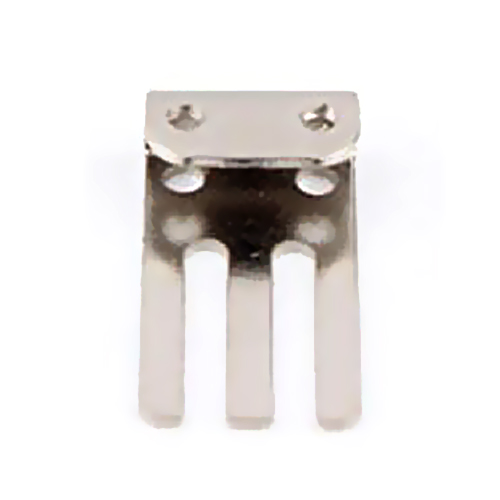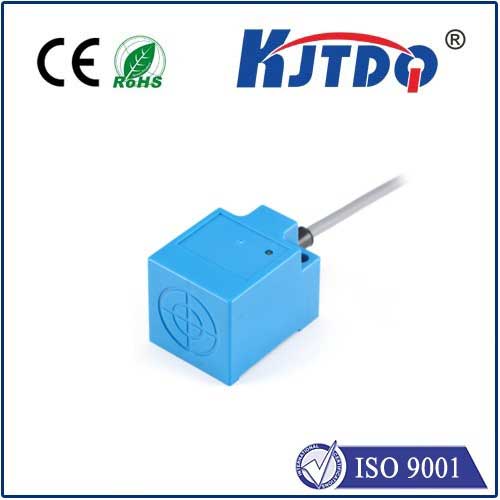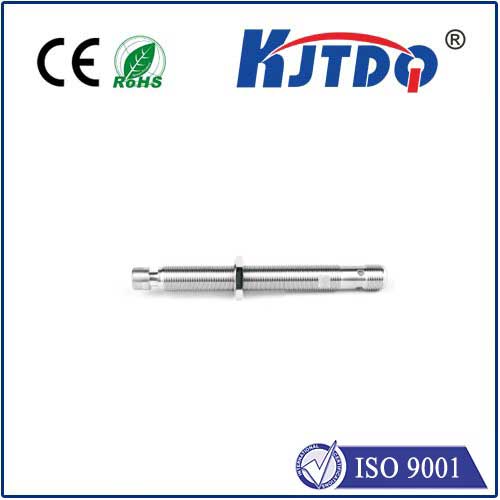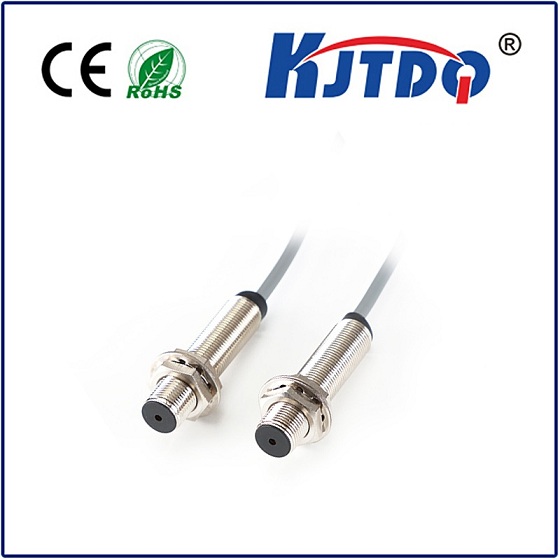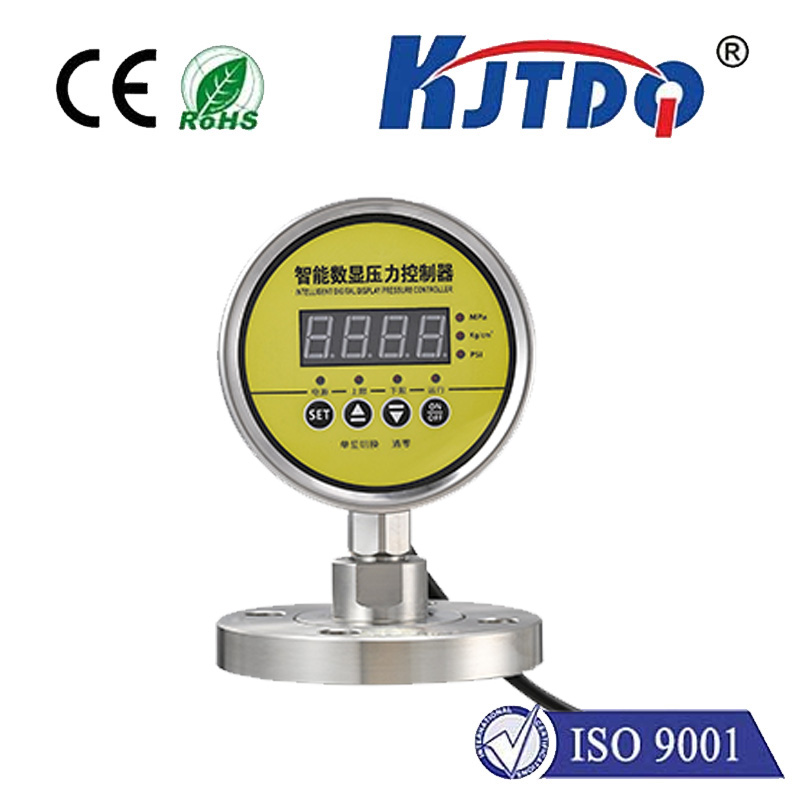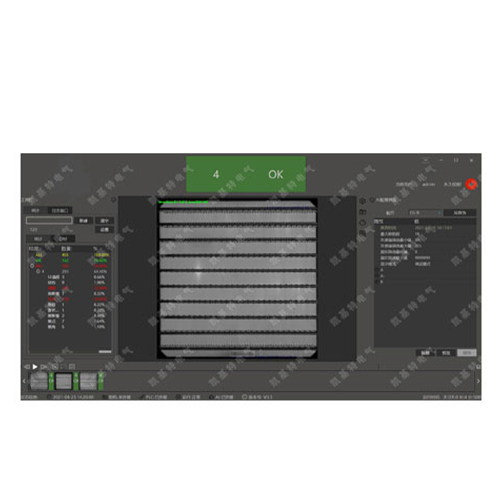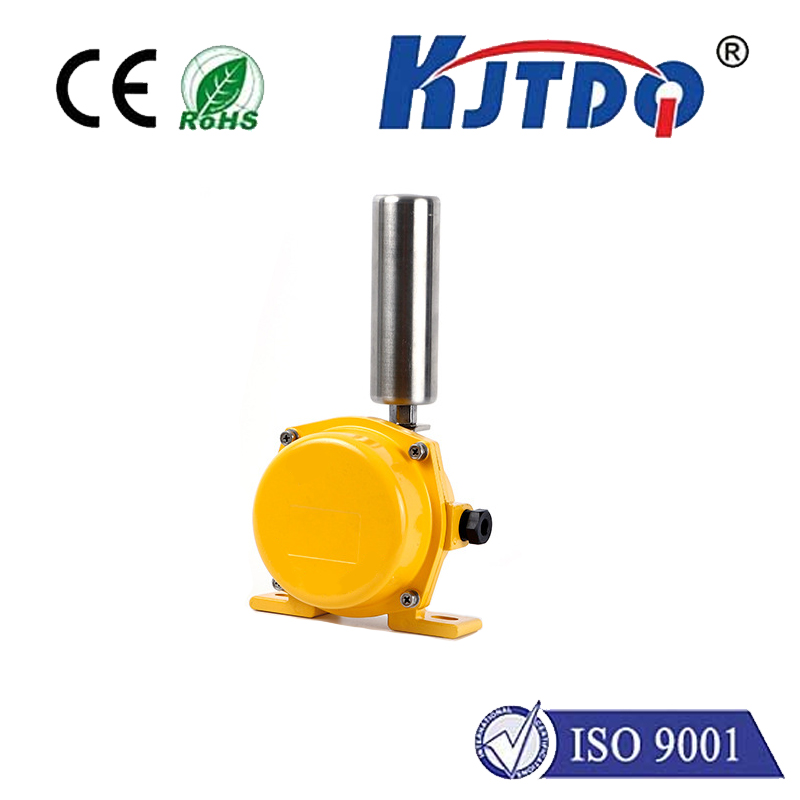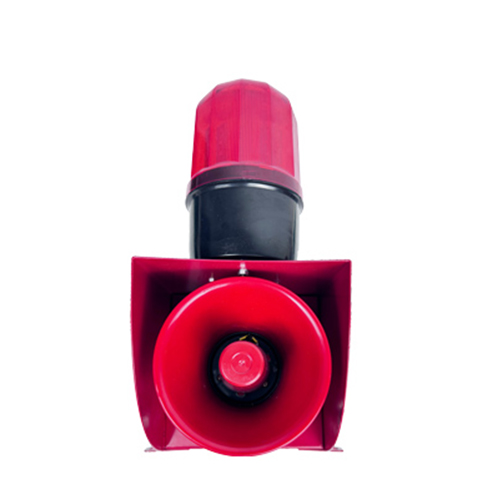BES02HP proximity sensor
- time:2025-10-14 02:05:58
- Click:0
BES02HP Proximity Sensor: Precision Detection in Industrial Automation
Imagine a powerful robotic arm smoothly descending towards a delicate automotive part on an assembly line. Millimeters before contact, it halts perfectly. Or envision high-speed packaging machinery operating flawlessly, containers zipping by, each precisely detected and counted. This silent orchestration, preventing collisions and enabling seamless operation, often relies on an unsung hero: the inductive proximity sensor. Among these workhorses, the BES02HP proximity sensor stands out as a robust and reliable solution for demanding industrial environments.
Unpacking the BES02HP: Core Functionality
At its essence, the BES02HP is an inductive proximity sensor. It operates on a fundamental principle: generating an electromagnetic field from its sensing face. When a ferrous metal target (like iron or steel) enters this field, it induces tiny electrical currents (eddy currents) within the target. The sensor detects this disturbance in its own electromagnetic field. Crucially, unlike mechanical switches, this detection happens without any physical contact between the sensor and the target. This non-contact sensing is key to its longevity, reliability, and suitability for high-speed or dirty environments where wear and tear are major concerns. The BES02HP excels at reliably detecting the presence or absence of metal objects at close range – its hallmark is precision proximity detection.

Engineered for Toughness: Key Features of the BES02HP
What makes the BES02HP proximity sensor particularly valuable in industrial settings? It’s a combination of rugged engineering and thoughtful design:
- Robust M18 Housing: Encased in a threaded stainless steel M18 housing (approximately 18mm diameter), the BES02HP is built to endure. This standard size allows for easy integration into countless machine designs using readily available mounting nuts.
- Integrated Stainless Steel Sensing Face Protection: Many variants feature a flush-mounted or shielded design. This means the sensing coil sits slightly recessed behind a protective layer of stainless steel sheath. Why is this crucial?
- Defies Mounting Interference: Allows the sensor to be mounted flush with or embedded within surrounding metal structures without triggering false detections from the mounting surface itself.
- Enhanced Durability: Provides a tough barrier, shielding the sensitive internal coil from physical impact, abrasion, and harsh process materials.
- Reliable Switching Performance: Engineered for clarity and consistency. Expect:
- Sharp Switching Characteristic: Provides a clean, well-defined ON/OFF signal transition.
- Hysteresis: This built-in buffer prevents signal “chatter” when the target is right at the edge of the operating range, ensuring stable operation.
- Consistent Sensing Distance: Maintains its specified nominal sensing range (e.g., 5mm for Sn 5mm models) reliably over its operational life and under varying conditions.
- Wide Operating Voltage Range (10-30V DC): Offers significant flexibility in connecting to industrial control systems. It can seamlessly integrate with common 12V, 24V, or 30V DC power supplies found on factory floors, simplifying inventory and wiring.
- Built for Harsh Environments: The BES02HP typically boasts an IP67 ingress protection rating. This signifies excellent resistance against environmental challenges:
- Dust Tight (IP6X): Impervious to harmful dust ingress.
- Water Resistant (IPX7): Can withstand temporary immersion in water up to 1 meter for 30 minutes.
- Extended Temperature Range: Engineered to perform reliably even when ambient temperatures fluctuate significantly, commonly operating effectively from -25°C to +70°C. This resilience is vital in environments near ovens, foundries, or unheated warehouses.
- Electrical Protection: Often includes safeguards like reverse polarity protection (guarding against damage if wiring is accidentally connected backwards) and short-circuit protection, enhancing overall system robustness.
- LED Status Indicator: A built-in LED provides instant visual confirmation of the sensor’s operational state (powered and/or target detection), significantly simplifying installation, troubleshooting, and maintenance.
Where Precision Meets Reliability: BES02HP Applications
The BES02HP proximity sensor is not a niche component; it’s a versatile tool found across diverse industrial sectors. Its core strength lies in reliably detecting metal objects without contact in challenging settings. Common applications include:
- Position Verification: Confirming the presence or precise location of parts on conveyors, pallets, slides, or within fixtures and jigs (e.g., verifying a cylinder reached its end position via a metal flag).
- Object Counting: Accurately tallying metal parts, cans, or containers moving along a production line.
- End-of-Travel Detection: Signaling when a moving element (like a machine table or robotic arm segment) has reached its designated limit, often detected via a metal target.
- Speed Monitoring: Sensing rotational speed by detecting passing teeth on a metal gear or key features on a rotating shaft.
- Machine Safety: Contributing to safety interlocks by confirming guards are closed or hazardous areas are clear before machine operation begins. Its robustness in dusty or wet environments makes it ideal for washdown areas in food & beverage or pharmaceutical settings.
- Material Handling: Detecting metal pallets, lift positions, or guiding AGVs (Automated Guided Vehicles). Its resilience is critical in automotive manufacturing, heavy machinery, packaging machinery, and material handling systems.
Selecting and Implementing Your BES02HP Sensor for Optimal Performance
Choosing the right BES02HP proximity sensor variant and installing it correctly are paramount for achieving the desired reliability:
- Sensing Distance (Sn): Confirm the required nominal sensing distance (e.g., Sn 5mm) based on your application geometry. Remember this is the theoretical distance to a standard target; consider reduced factors for non-standard metals.
- Output Configuration: Select the appropriate output type (typically NPN Normally Open or PNP Normally Open) to match the input requirements of your PLC, counter, or controller.
- Connection Style: Choose between pre-wired cables (often PVC or PUR jacketed for flexibility and oil resistance) or connectors (like M12) based on your wiring preferences and environmental needs.
- Mounting Precision: For shielded (
flush-mountable) sensors:
- Ensure the target approaches axially to the sensing face.
- Maintain the recommended clearance distance (
lateral distance) between the sensor body and any surrounding metal surfaces to prevent interference. Consulting the specific datasheet for the lateral distance requirement is essential.
- Target Material & Size: While primarily for ferrous metals (steel, iron), note that detection range decreases for non-ferrous metals (stainless steel, brass, aluminum).






